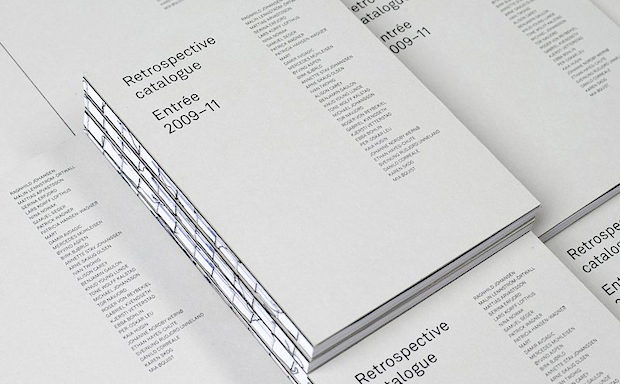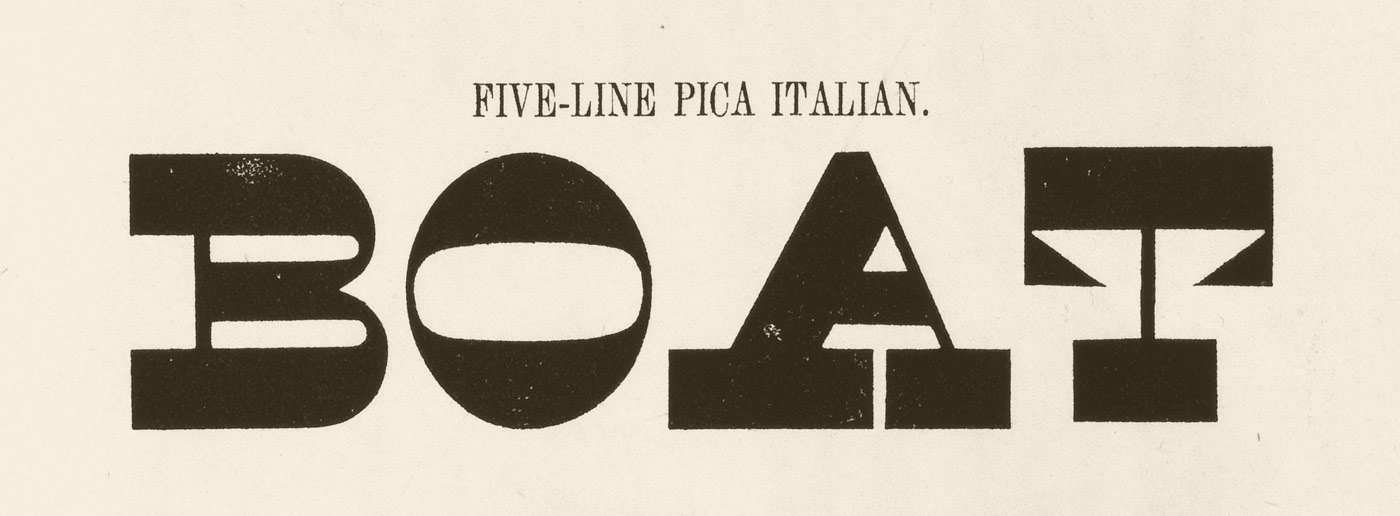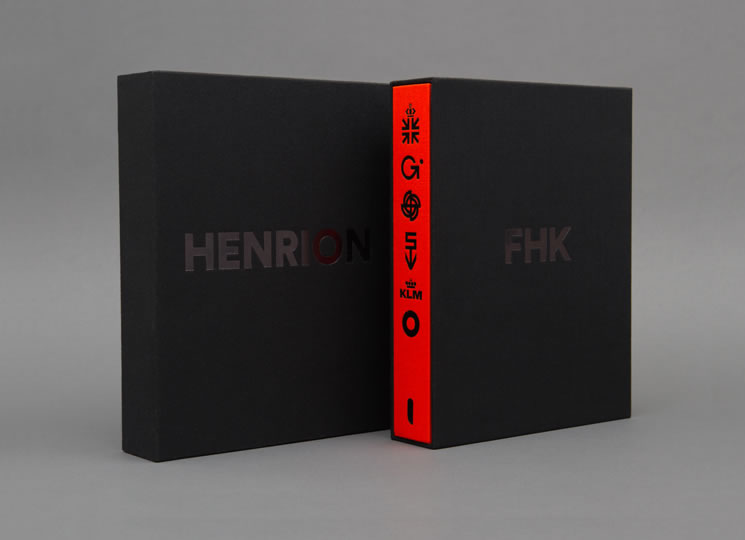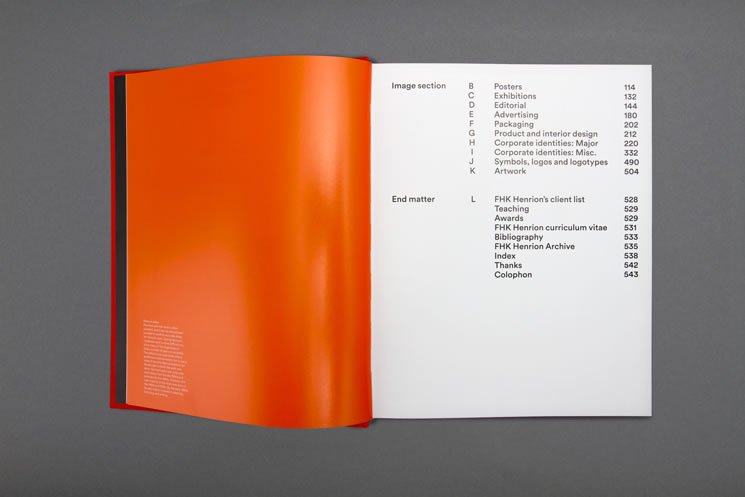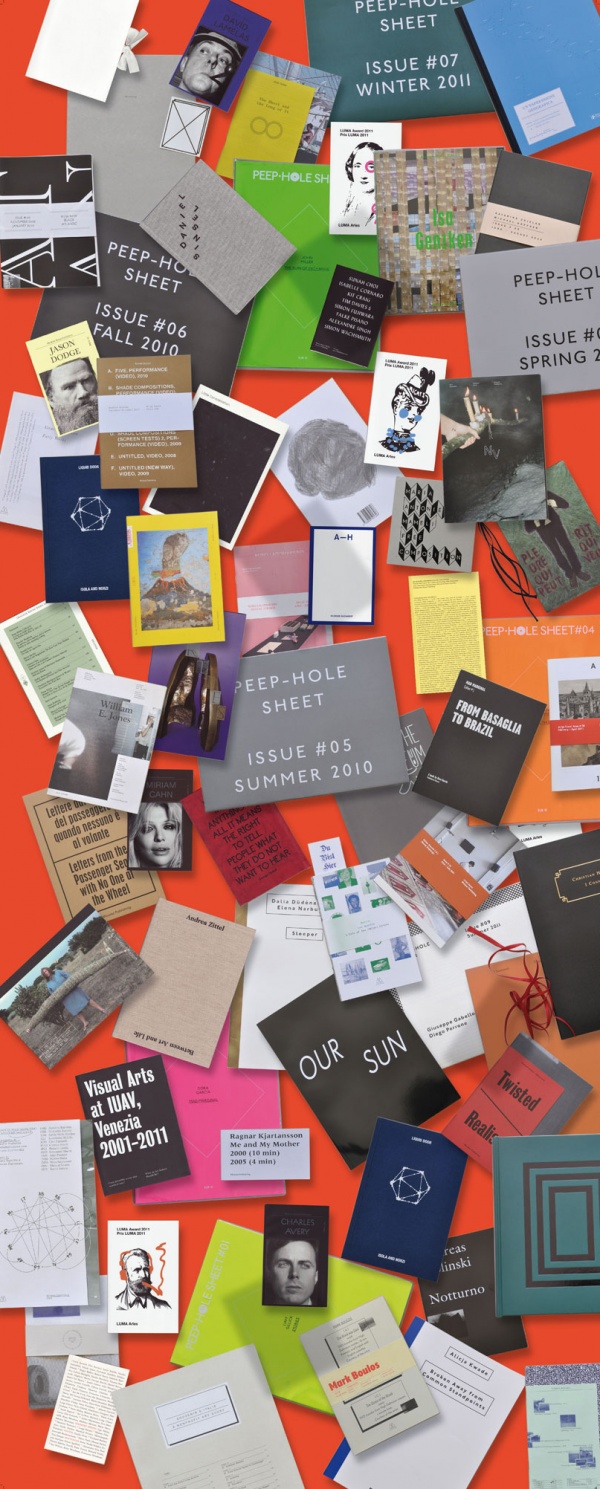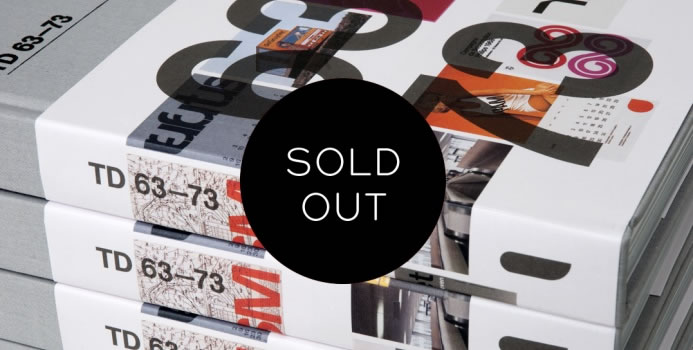Stacy Asher
Art + Art History
University of Nebraska–Lincoln
Graphic Design Courses
Fall 2016
GRPH 324 / Publication Design
This course examines the form and function of publications. Students will utilize strategies, skills and methodologies introduced in previous graphic design courses and will build upon these in order to further expand their understanding and vocabulary of design. Students will develop a deeper understanding of typography and the integration of information into a publication format. Projects expand in complexity and focus on the challenges of designing publications.
Students will be introduced to history, theory and the practice of publication design. Through design research, independent project work and collaborative exercises, students will investigate the ways in which various publication models have served different needs for their publishers, writers, and readers. Course work will discuss contemporary topics such as digital editorial design and the modern book (interactive storytelling, ebook publishing and blogging) as well as more historically significant modes of publishing like handmade books (softcover construction, sewn binding structures, books as art), magazine design and book cover design. Lectures, readings and guided discussions will supplement project work, introducing students to the topics of design authorship, the history of reading, reception theory, and the future of the book.
To successfully complete this course, students will be expected to understand, emulate and extend the composition principles and publication formats that informed the first manuscript books and that have continued with the printed book into the contemporary age of digital production.
Course Syllabus
Course Schedule
Course Deliverables
Course Materials / Resources
UNL Box Turn In
Documentation
Exercise 01
In Process
Project 01
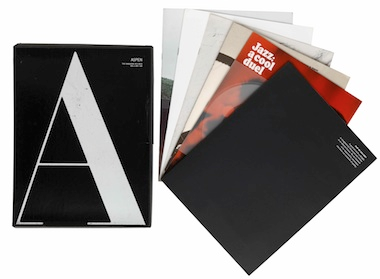
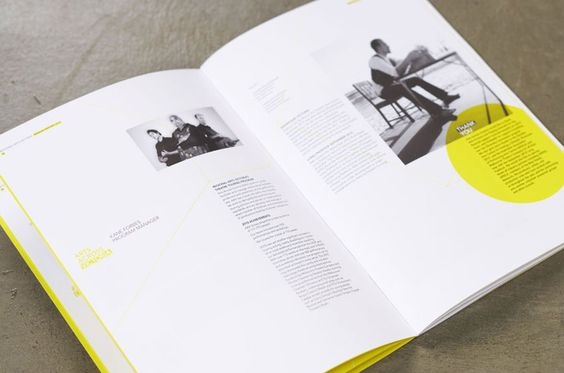
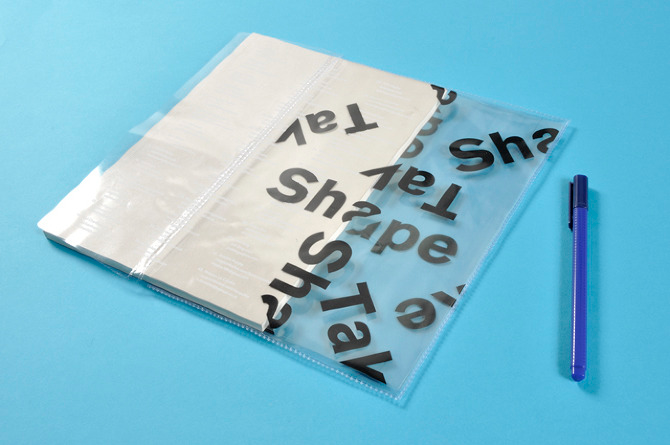
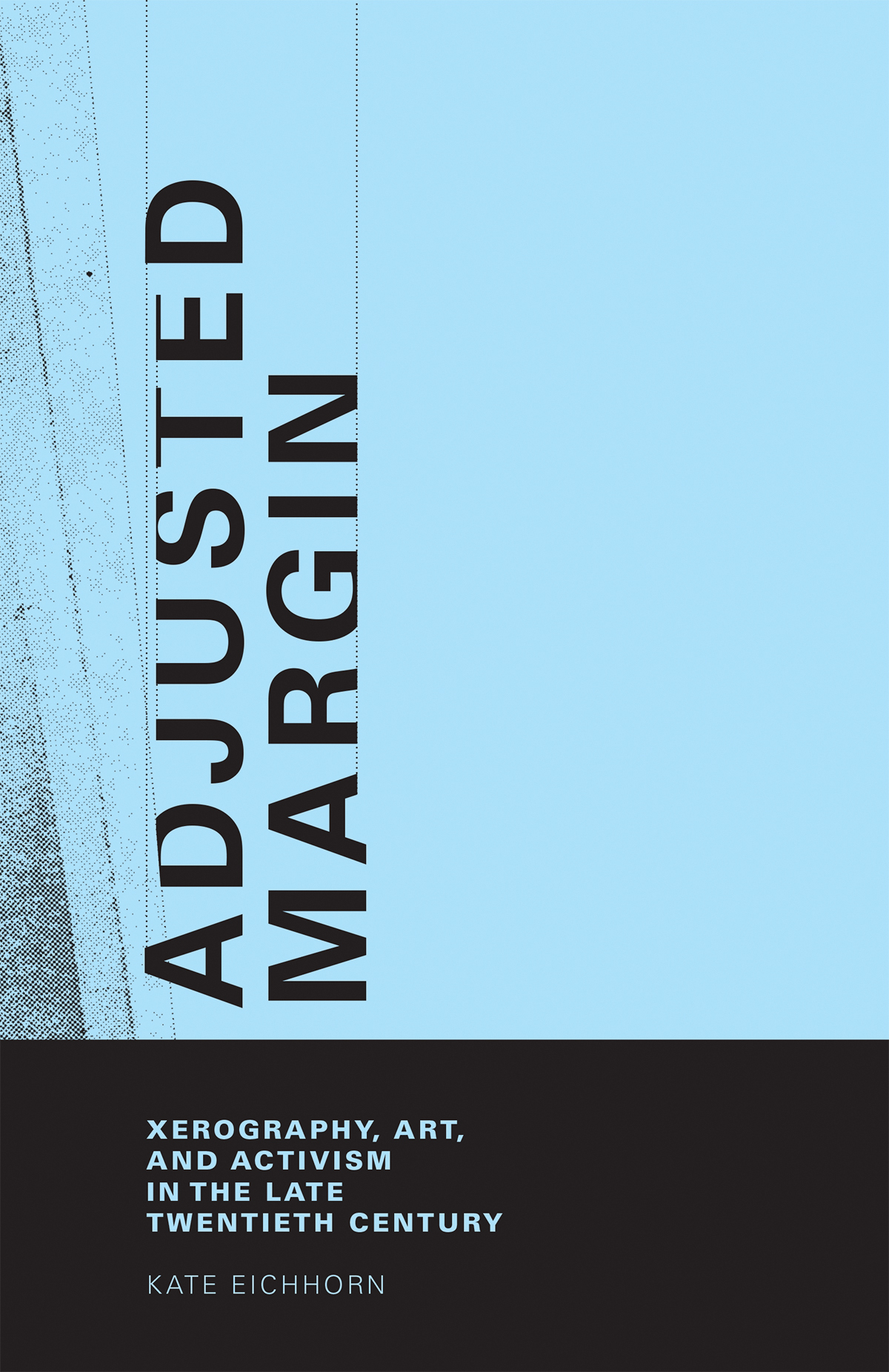
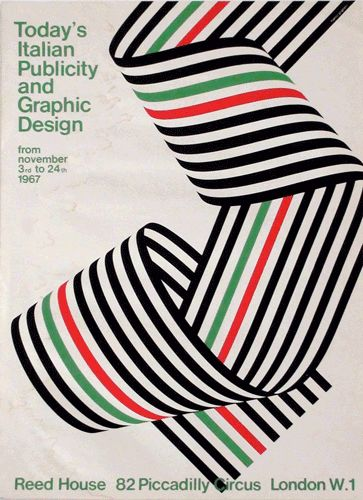

Beautiful and Ugliness in Type Design
Book Design / Resources
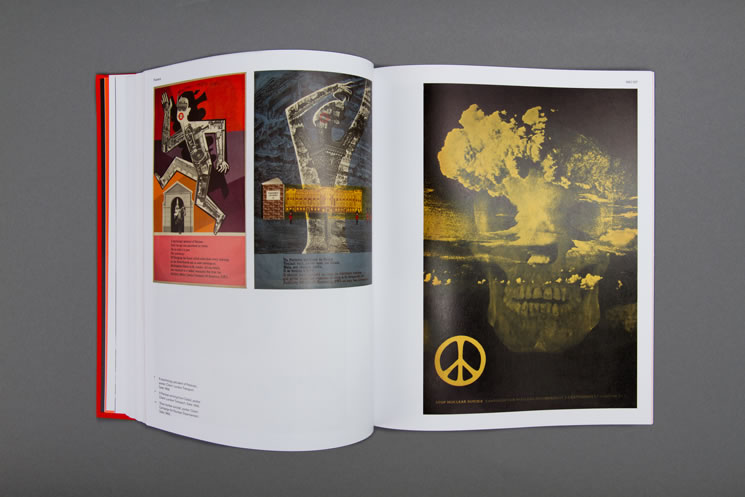
1.
MOUSSE Publishing
“Mousse is publisher of catalogues, essays and curatorial projects, artist books and editions. Mousse Publishing follows a publication from its preliminary conception and design to its promotion and distribution, working in close dialogue with clients that include museums, public and private institutions and galleries across the globe. Mousse Publishing's books are internationally distributed by a network of leading distributors and can be found in 270 specialized bookstores and museum bookshops throughout the world.”
http://moussemagazine.it/
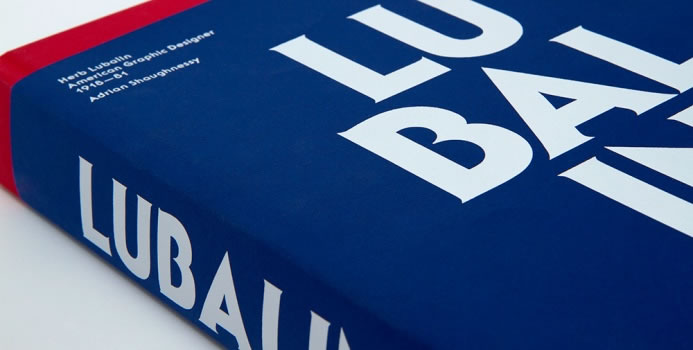
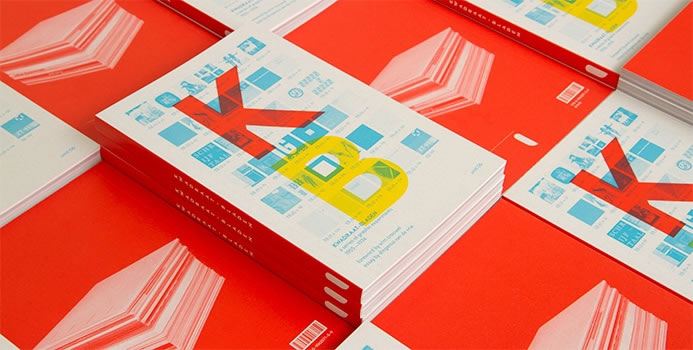
2.
Book Map
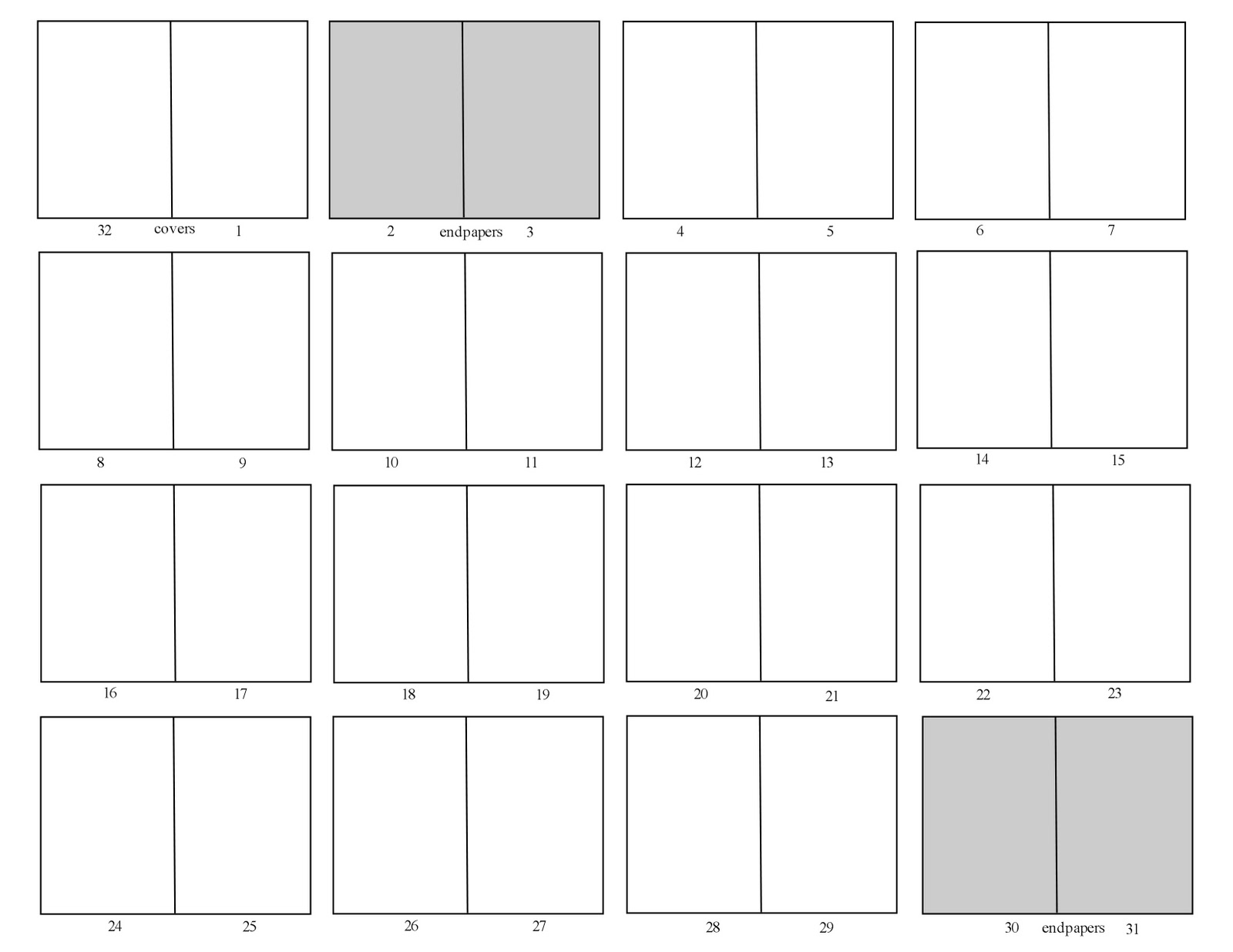
Discuss general concept / art direction for your book.
Generate process to review for feedback of general direction.
Create an outline of the contents for your book.
Design layout concepts, develop typographic systems, ideation and direction of research
1. Read through the following links and design page layout options.
Begin by sketching various options for page layout. Sketch template.
2. Design spreads exploring typeface options and systems: typography, visual hierarchy, grid, margins, image placement etc.
Complete the following studies:
1. Comprehensive Type System Analysis = 6 detailed type studies with
the following 5 levels in the system of hierarchy [title, header, subhead, main body text, caption, pull quote]
Implement 6 studies, one typeface with each study. Explore all the variations in the typeface.
Example:
title / Meta Bold / Uppercase [21/25 pt.]
header / Meta Serif Bold Uppercase [16/20 pt.]
subhead / Meta Bold uc/lc [16/20 pt.]
main body text / Meta Book [10/13 pt.]
caption / Meta Book [ 6 pt.]
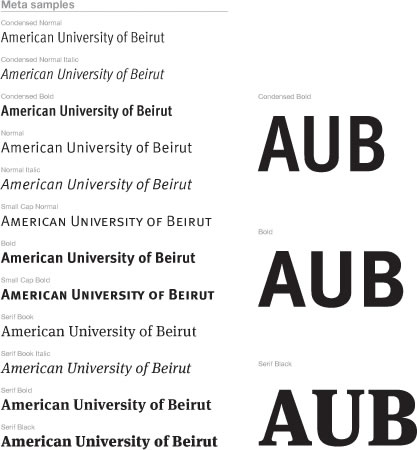
2. Show investigation of a minimum of 3 grid systems. [3 column, 5 column etc.]
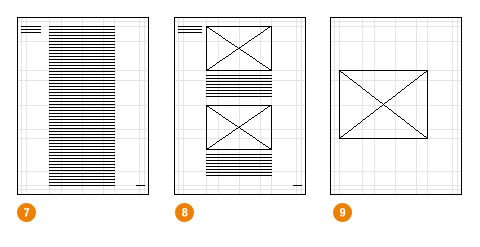
3.
Design 10 spreads for the grid system you decide works best for your content.
Investigate type systems, create studies and analysis, consider visual hierarchy, image placement and how these variables work within the layouts
Suggestions for research / ideation
Experiment with the various options using the Fibonacci system handout.
Fibonacci Sequence for hierarchy / type systems handout
Familiarize yourself with the following:
Elements of effective page layout and setting good type
The Secret Law of Page Harmony
25 Rules for Setting Type
Reading Assignment:
"Thinking with Type" by Ellen Lupton
Grid

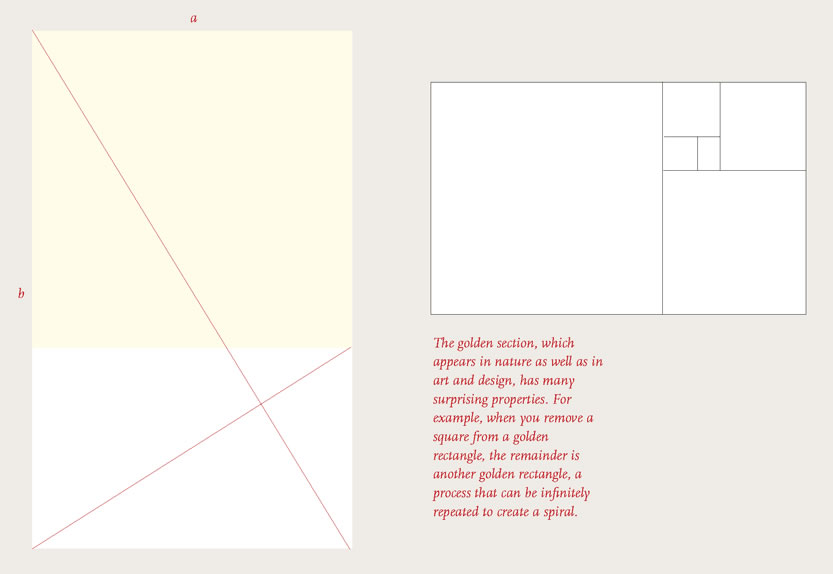
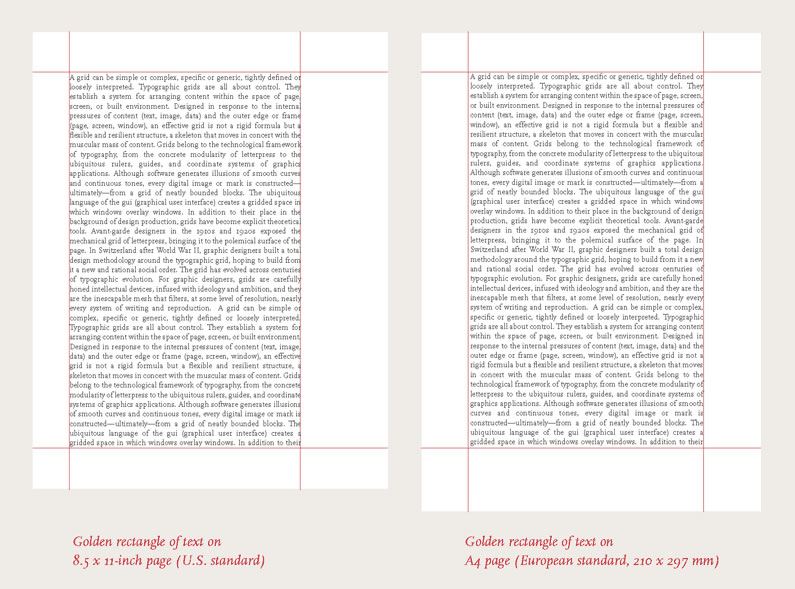
Produce sketches and individual layouts for review. A minimum of 10 spreads were to be developed what have you learned. How can you go beyond what you already know. Prining out your top 10 spreads for pin up review what did you discover about the output.
Decide which layouts options are working best for you.
Develop layout options further. Work towards final solution that will contribute to the success of your book design.
Continue to research and gather contents for your books. Consider image resolution and dpi. Experiment with image presentations, style, quality, consistency.
Make certain the images you choose are at the best resolution and optimized for light file export. The publication will be printed and available as an e-book.
Define components of the Process Book.
Design a timeline for production of the Process Book.
Andrea Dell'Anna
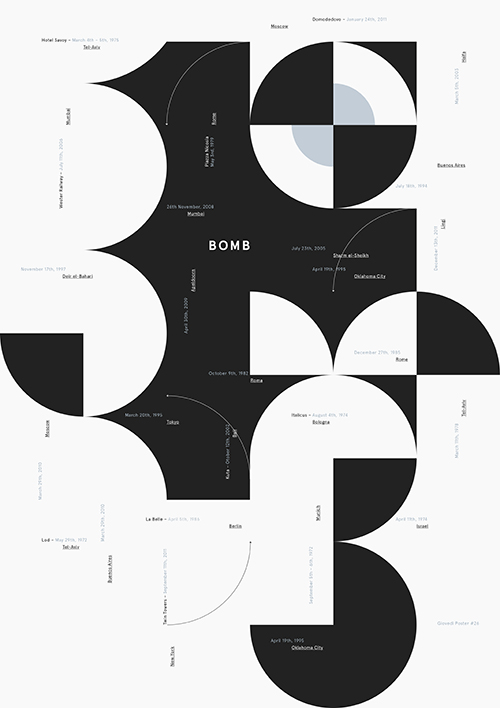
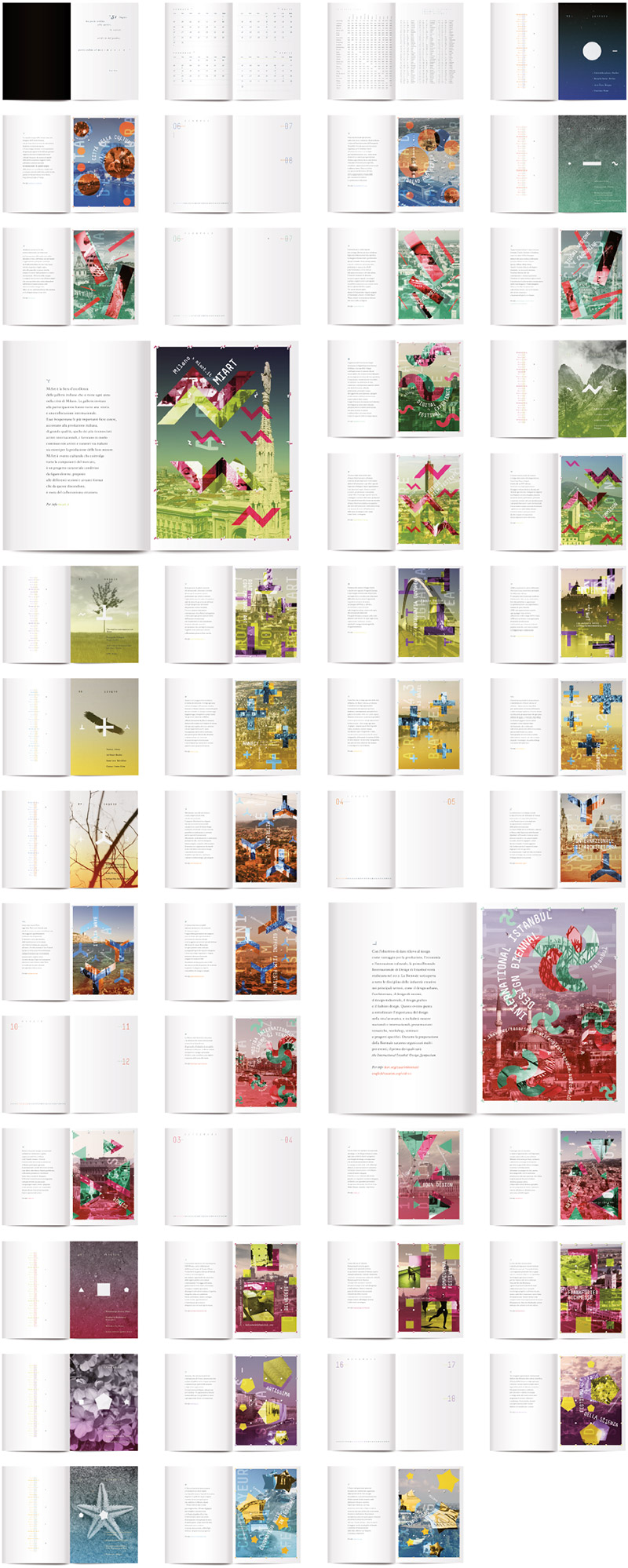
Discuss cover design concepts. We will have an in-class exercises for ideation and to generate iterations with type and image, page sequencing and book development.
"Perfect Binding a Prototype" Demonstrations
Watch these DIY demos before class demonstration. These tutorials are much more involved in the process I will demonstrate in class but it will give you an idea of how you skillful you can perfect bind a book on your own.I will also demonstrate a similar process in class. [simpler version]
Perfect Binding a Prototype Demonstration
Print out a couple versions of a draft of your book, as booklets in signatures. ie. 16 pages, 11 X 17 inch paper, fold carefully in half, saddle stitch with stapler from Digital Lab. Have these prepared to practice your own book binding following class demo.
Understanding and Working with Print Signatures
As a print designer, understanding and designing with signatures will offer you endless design possibilities. Simply put, a signature is a group of pages that are printed on both sides of a single sheet of paper that once folded, trimmed, bound and cut, become a specific number of pages depending on the page size and the size of the press sheet.Printing Signatures Check List
Here is a really great source with basics of good typesetting. The entire site is a helpful resource that is accessible and easy to comprehend.
|
The text chapter of the online companion to the book Thinking With Type, written by Ellen Lupton
|
Here is an excellent source for creating the best possible grid system and design of the page. It gets a little heady with mathematics and proportion but in general effective page layout is creating harmony and adhering to "laws of perfect proportion" as in the Fibonacci sequence etc.
|
"A method to produce the perfect book." The perfect book. This is how designer-genius Jan Tschichold described this system. Not the ok book, nor the pretty good
|
This site is designed for the commercial book publisher but it has some excellent advise on book design and production
Have a look at “The Elements of Typographic Style” by Robert Bringhurst. It is considered the "bible" of typesetting.
Demonstration of perfect binding
Bring with you to class ready to assemble your prototype.
1. Printed and saddle stitched / stapled signatures that you have prepared. Page count is divisible by 4
2.
Cover art trimmed folded and scored.
3. A box of binding clip, share a box with a colleague?
4. Tools: bone folder, x-acto, straight edge, cutting board.
[I will provide the glue and binding tape / mesh]
When Present Book Design Process Comps
INCLUDE:
Design a lock up for your title.
Make a presenation of your page layout: margins, gutters, columns, GRID system.
1. Present your system and "template."
Print a page that illustrates all of these components. Include measurements.
Typographic system, Visual Hierarchy
Print a page indicating what typeface and type variations you are using, point size, leading, kerning [on lock up]
Populate your template page layout / system with 5 - 6 spreads of your process, and work.
All of the above mentioned MUST be presented as printed pages and bound documents, exported as an interactive .pdf and placed in course dropbox.
Include:
1. Lock up by itself
2. Lock up in context of the cover of the book
3. Cover / Title Page [with your lock up]
Illustrate your Page Layout / Type System
4. 5 - 6 spreads
Build a mock up for your Project 03. This will inform you of the size of the spine and how the pagination and sequencing is functioning.
Build Dummy / Mock up / Iteration 02
Present printing budget and final countdown on production schedule
stacyasher@unl.edu
stacyasher.com

